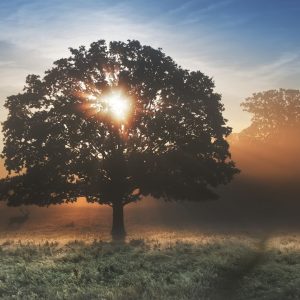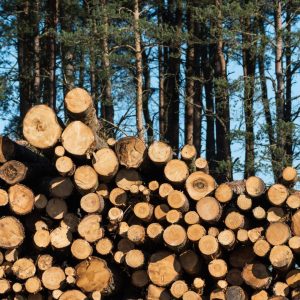What to do with invasive plants in the garden?
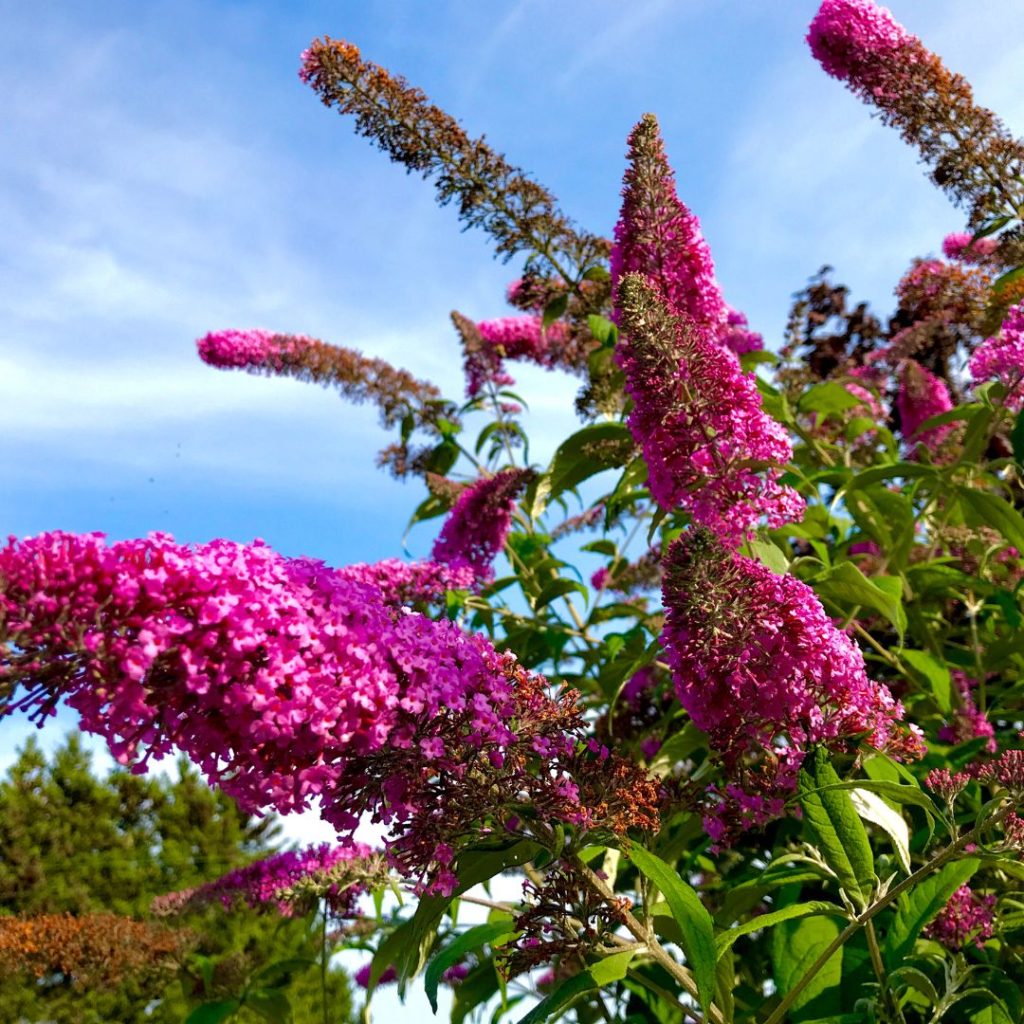
Butterfly bush
Now that a ban on the sale and planting of certain invasive plants will apply in Switzerland from September 1 this year, we #Beetschwestern want to address this issue. These neophytes are actually native to other regions of the world and are spreading rapidly in this country. As a result, they are displacing native plants and some of them also cause major damage to the landscape or are a health hazard, such as the giant hogweed. However, they should not all be lumped together and condemned; we need to differentiate.
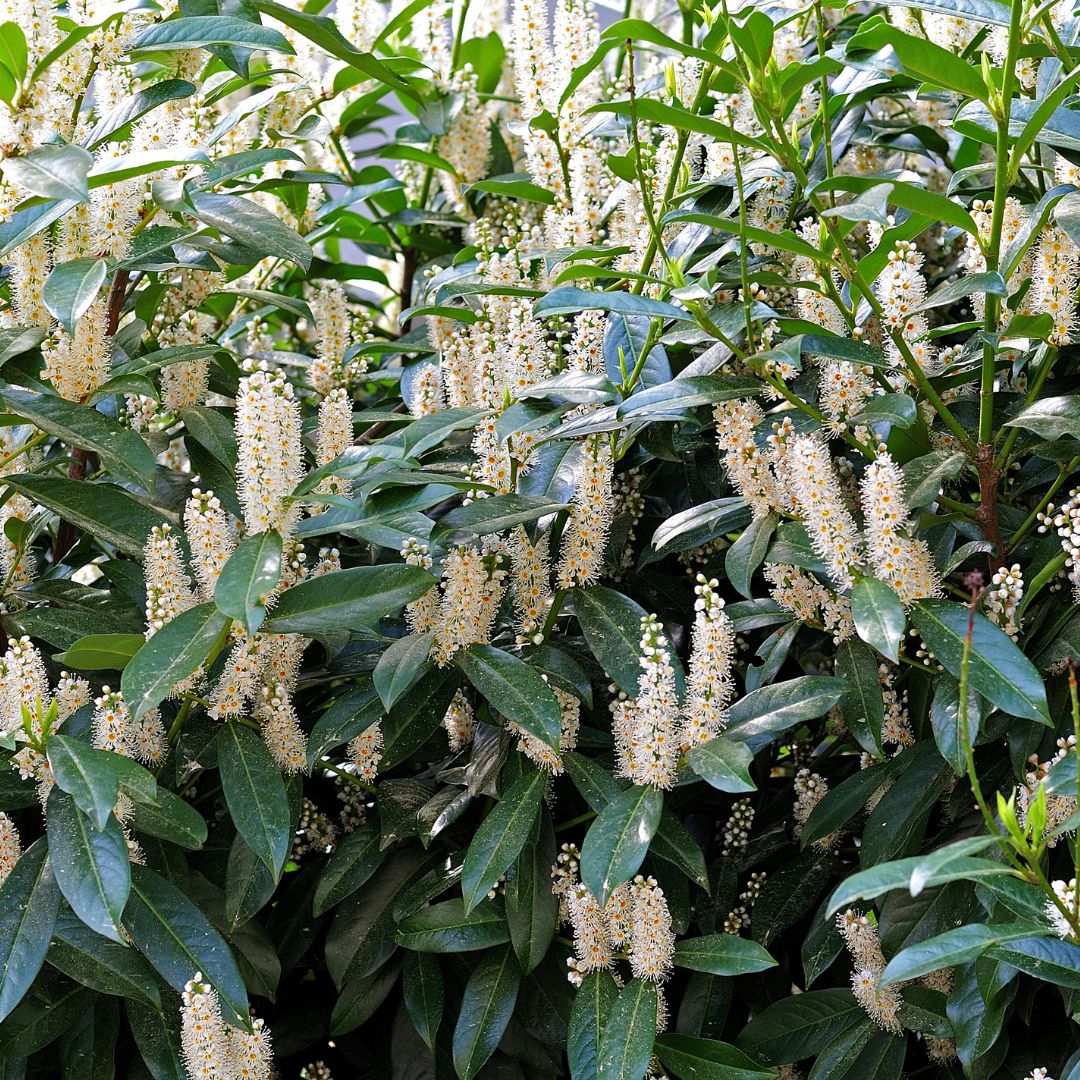
People have always planted plants from all over the world in their gardens and parks. Many are unproblematic, but not all. Tree of heaven, Japanese knotweed, butterfly bush and large-leaved cherry laurel are spreading rapidly and are difficult to control.
Giant hogweed is unlikely to be planted voluntarily in the garden, because contact with the skin can cause burns and the plant can only be removed with extreme effort.
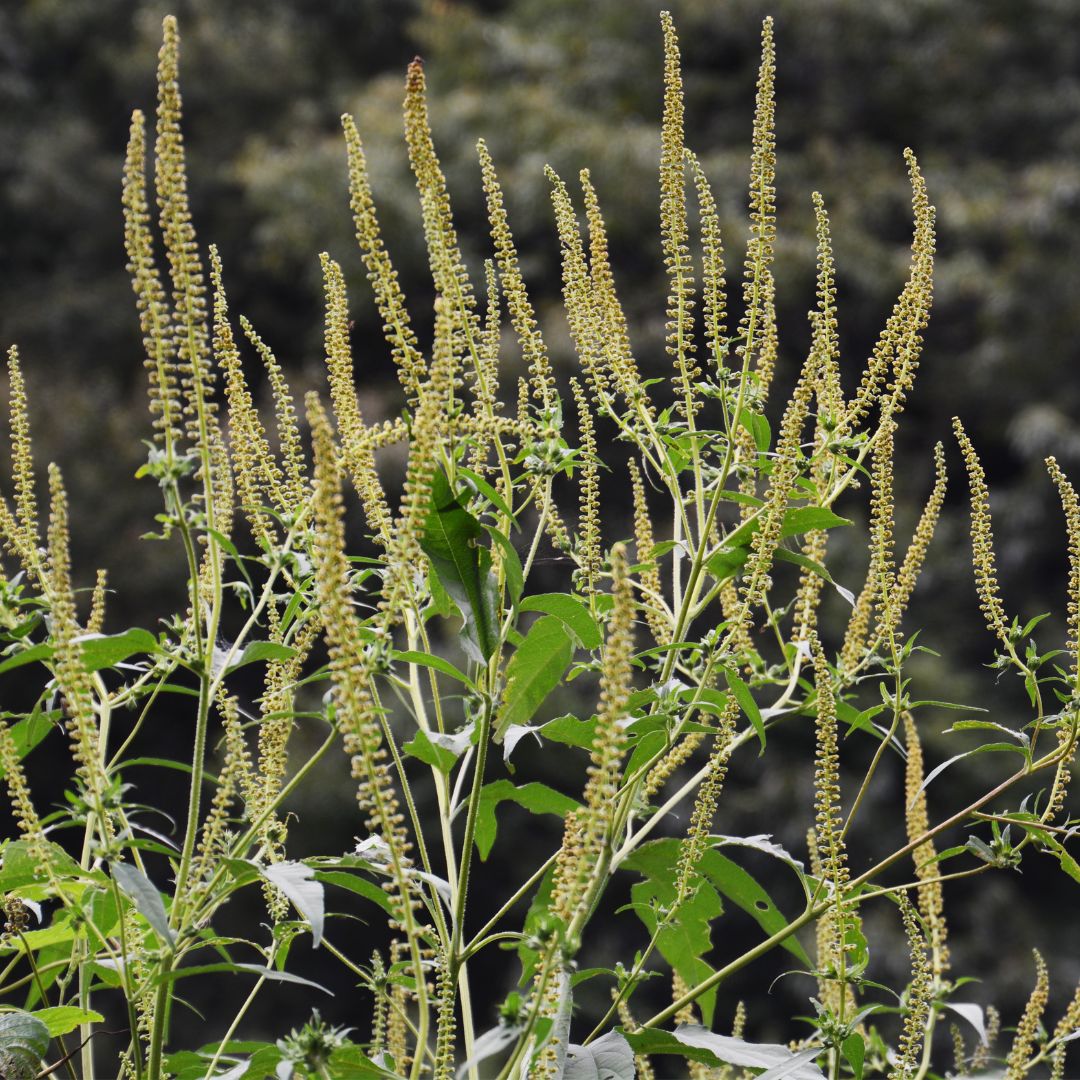
Ragweed causes allergic reactions in many people, produces up to 60,000 seeds per plant, which are still able to germinate after 40 years and is therefore very problematic. Austria has its own website where ragweed occurrences can be reported.
Some species, such as the American goldenrod, have been established here for many decades. Others, such as the black locust, an American tree species, have been planted in city parks in many places, where they now provide shade and honey. In forests, however, black locust trees are problematic.
We #Beetschwestern are fighting a tough battle in one of our gardens against vinegar trees, originally from North America, which love to spread by root runners and have completely taken over one garden border with the neighbors.
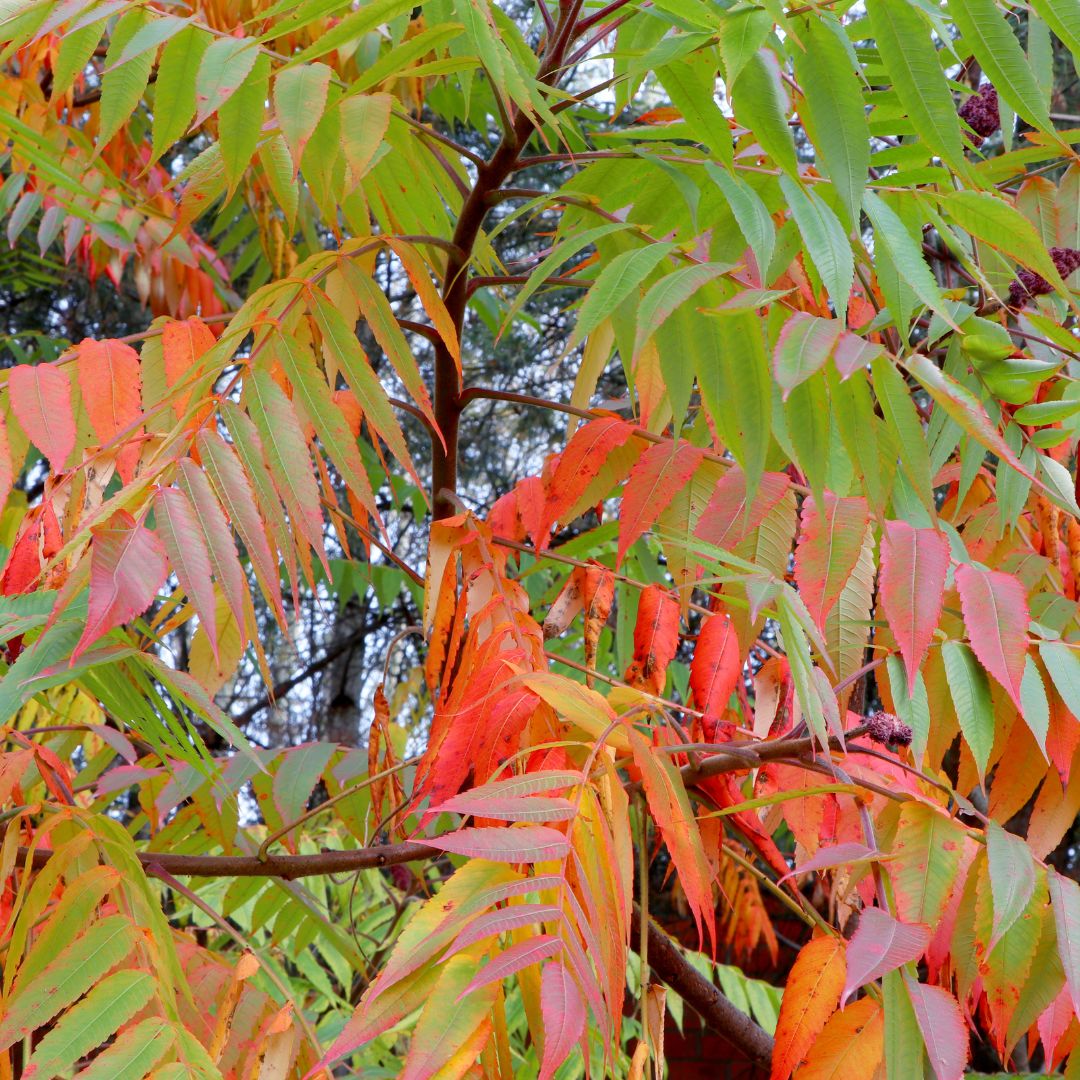
Tree of heaven is a highly invasive plant species. They look similar to our native ash trees and are poisonous. Its massive spread makes it a real plague.
There are many alternatives
The cherry laurel (and many other plants such as butterfly bush and bluebell tree), which is banned in Switzerland from the fall, has spread through the forests there to such an extent that it has become a problem. We #Beetschwestern advise planting native shrubs such as elderberry, hawthorn or buckthorn, blackthorn, Pfaffenkapperl or hornbeam instead of cherry laurel. In warmer regions, oleaster willows are increasingly being used as a substitute.
In principle, we have often noticed that many DIY stores and plant stores hardly stock any native species, but many foreign ones, which doesn't always make it easy for us to plant a good mix of foreign and native plants in our gardens. Wildflower species and wild shrub species in particular are often difficult to find with a magnifying glass, but are so important for a well-balanced garden. We think it's the mix that makes the difference. In addition to double flowers, which cannot provide any food, and alien species, local varieties bring to the garden what the resident insect and bird species and small mammals need.
